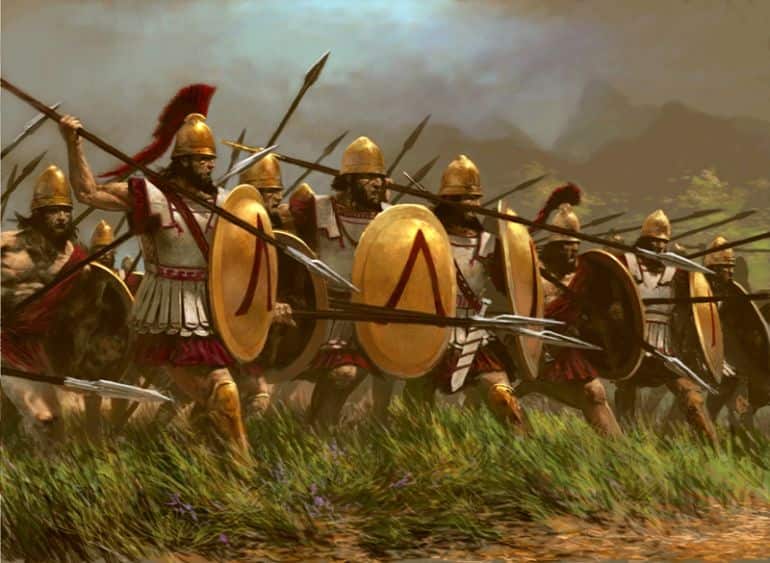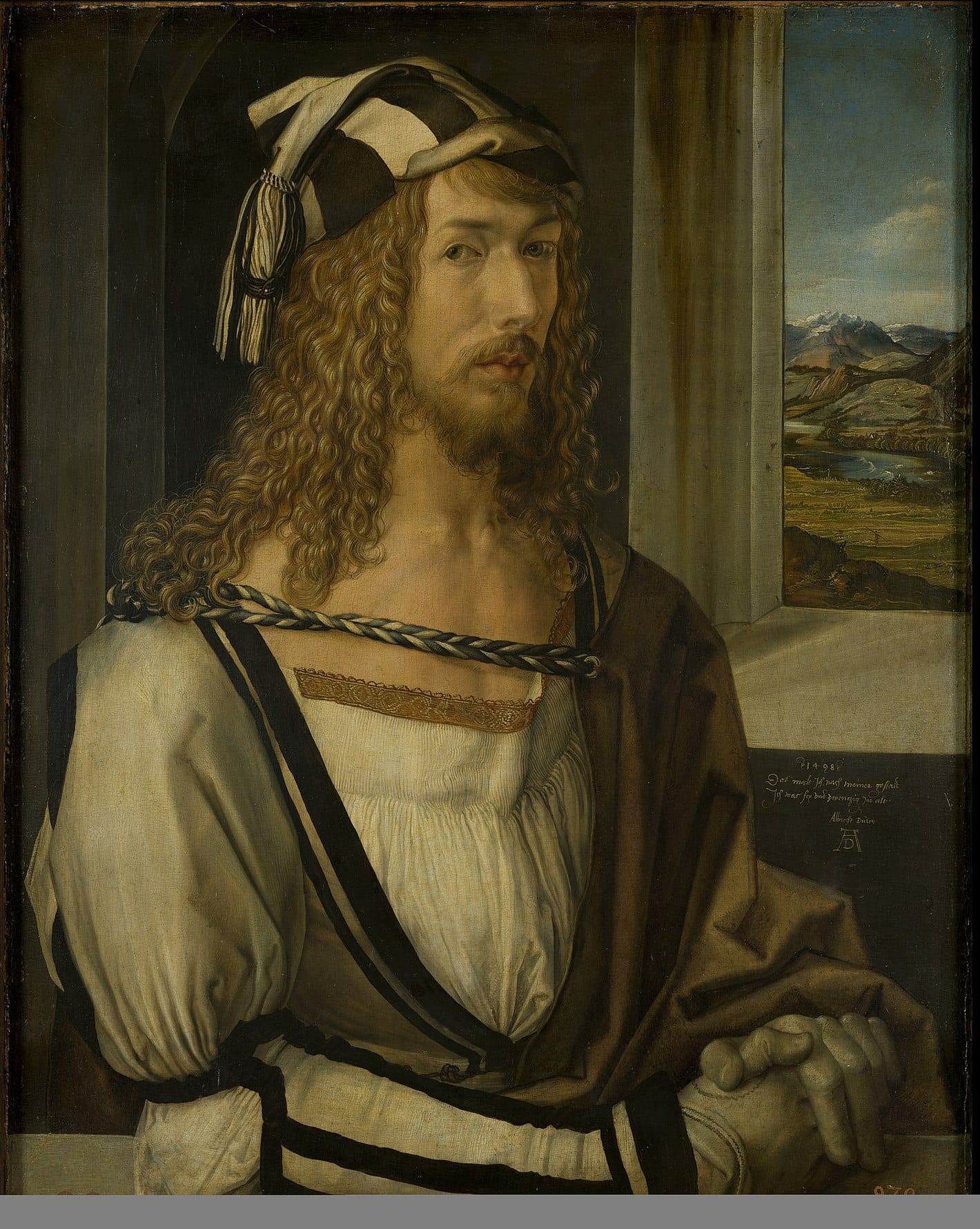Fashion changed often throughout history and across cultures. However, few fashion changes were as radical as those of the past century or two. Take men’s hairstyles, for example. Nowadays it is the norm for men to keep their hair short, but that is a recent development. Throughout much of history, long hair was fashionable for men. Or take the association of the color pink and women. Well into the 1920s, there was nothing girlie about pink, and men wore it without raising eyebrows. We owe the modern association of pink with girls to a popular First Lady. Below are thirty things about those and other fashion history facts.

ADVERTISEMENT - CONTINUE READING BELOW
30. Long Hair for Men Used to be the Fashion Norm
Short hair as the fashion norm for men is, historically speaking, a relatively recent development. Throughout much of history, men in many cultures wore their hair long – or at least longer than the average for men today. For men to have their hair cut short was often seen as a sign of subordination to another’s control – be that another person or society. Short hair was what rankers wore in the military, what prisoners endured in captivity, or what was inflicted upon miscreants as a criminal punishment. To the ancient Greeks, for example, long male hair was a sign of wealth, power, and manliness. Greek gods had long hair, and so did Greek soldiers. By contrast, a shaven or shorn head was the mark of a slave.

ADVERTISEMENT - CONTINUE READING BELOW
The Spartans, ancient Greece’s most formidable warriors, took special pride in their long hair. The heads of boys in training were shorn close, but once they reached puberty, they let their hair grow long. Before they engaged in battle, the Spartans combed, dressed, braided, or twisted their long hair into dreadlocks. Early Roman Republic men also wore their hair long, until the introduction of barbers in Italy triggered a fashion shift to shorter male hair in the late Republic and throughout much of the Empire. In Middle Ages Europe, short male hair signified servitude and the peasantry. Upper-class men usually only cut their hair short for purposes of penitence or mourning. So when did fashion shift to short male hair as a widespread norm?

